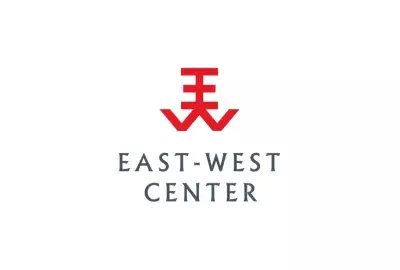Error message

A recent analysis—covering income-inequality data from 92 countries over four decades—suggests that inequality tends to increase at early stages of economic development and fall at later stages. The most important determinant of inequality is not economic growth, however, but rather changes in population age structure. These population changes occur as mortality and fertility drop during the course of economic and social modernization. This analysis suggests that policies that make health and family planning services widely available will contribute to a reduction in income inequality by lowering mortality and fertility rates.
A recent analysis—covering income-inequality data from 92 countries over four decades—suggests that inequality tends to increase at early stages of economic development and fall at later stages. The most important determinant of inequality is not economic growth, however, but rather changes in population age structure. These population changes occur as mortality and fertility drop during the course of economic and social modernization. This analysis suggests that policies that make health and family planning services widely available will contribute to a reduction in income inequality by lowering mortality and fertility rates.





